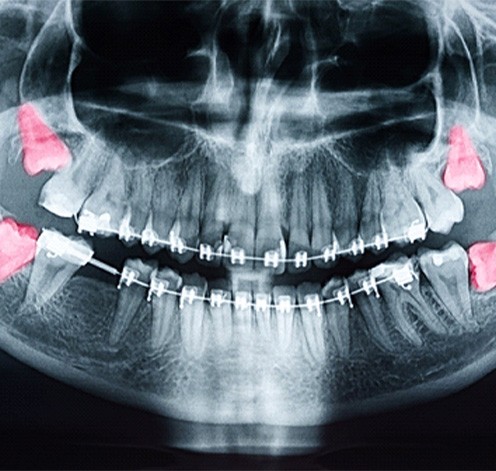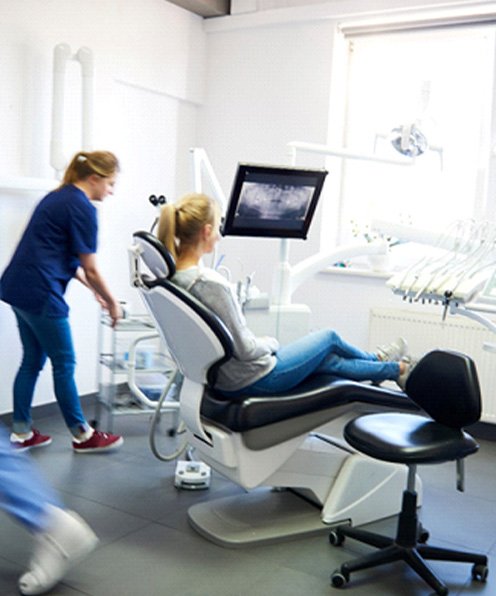Wisdom Tooth Extraction Referrals – Buffalo Grove, IL
Helping You Make the “Wise” Move for Growing Smiles
While wisdom teeth may have served a purpose in the past, today we understand that they often create more problems than they solve. They can lead to discomfort, difficulty in chewing, and even affect the alignment of your child's smile. In some cases, they may even result in infections if left unattended. Rest assured – if your child's wisdom teeth pose a risk to their oral health, we're here to help. Our team will refer you to a trusted oral surgeon who can safely and effectively remove them before they cause any serious harm. To learn more, continue reading or give us a call!
What Are Wisdom Teeth?

Once called third molars, wisdom teeth played a crucial role for our ancestors. However, shifts in diet, cooking methods, and facial structure have rendered them non-essential. Typically appearing in the late teens or early adulthood, usually between 17 and 25, these teeth differ from your other molars. They often lack the necessary space within the mouth to emerge comfortably through the gumline. This frequently leads to impaction, causing discomfort and an elevated risk of potential harm to neighboring teeth.
Why Do Wisdom Teeth Need to Be Removed?

Wisdom tooth extraction is not always necessary. Our team will carefully assess whether their presence poses a risk to your oral health, and will only recommend removal if it is deemed necessary.
However, it's important to be aware that leaving wisdom teeth in place for an extended period may lead to potential issues, including:
- Formation of cysts
- Risk of infections
- Potential decay of wisdom teeth and adjacent molars (especially if food becomes trapped in challenging-to-clean areas of the mouth)
- Possible misalignment, as the wisdom teeth exert pressure on neighboring teeth
What to Expect from the Wisdom Teeth Procedure

If the wisdom teeth have fully emerged above the gumline, extraction is a relatively straightforward procedure. An “elevator” will be used to gently lift them, followed by forceps to carefully extract them from their sockets.
However, if a wisdom tooth is impacted (meaning it's trapped beneath the gumline), the extraction process becomes more complex. In such cases, the oral surgeon will potentially make incisions in the gums or need to fragment the tooth for safe removal.
Recovering From Wisdom Teeth Extraction

To ensure a seamless recovery after wisdom tooth removal, consider these helpful tips:
- Refrain from spitting, smoking, or using a drinking straw
- Use gauze to manage any bleeding
- Take prescribed pain medication to alleviate discomfort
- Opt for soft, easy-to-eat foods rather than hard or crunchy options
- Elevate your head during sleep
- Steer clear of strenuous physical activities
Adolescent Dentistry Emergency Kid's Dentistry Orthodontic Referrals

